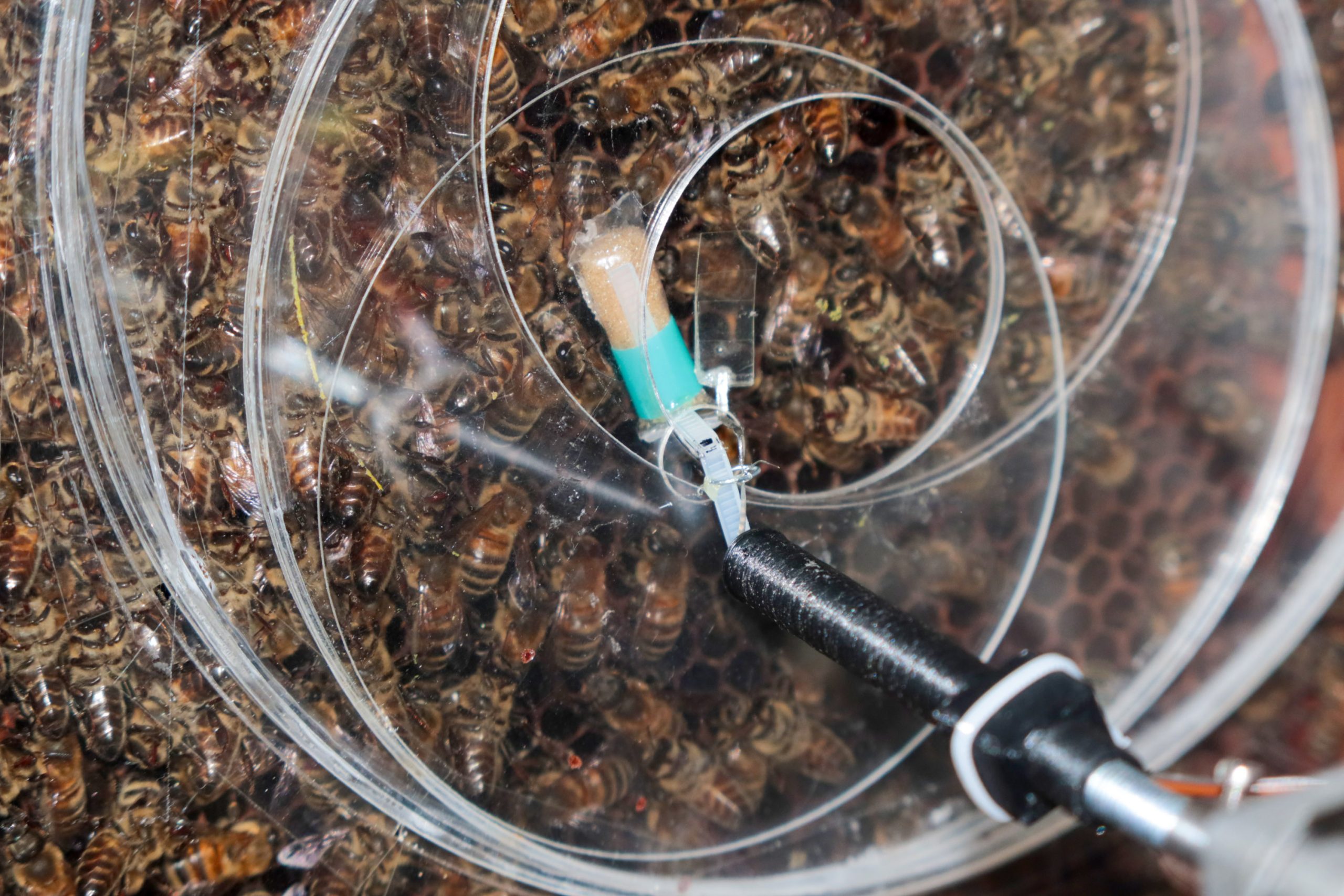Something was wrong, but Thomas Schmickl couldn’t pinpoint what it was. It was 2007, and the Austrian scientist was studying at East Tennessee State University for a semester. “It felt terrible,” he adds, as he took his daily trek over some fields to campus. “And I had no idea why until I heard a bumblebee.”
Insects, he thought, had been notably missing. “I was dragging the biology teachers out of the building and telling them, ‘Look in the sky—nothing there’s flying!'” he recounts.
Schmickl, who currently directs the Artificial Life Lab at Austria’s University of Graz, was correct. Insect populations have been shown to be dropping or altering in several places of the world, according to research.
After working in the field of swarm robotics for several years—using nature to inspire robots—Schmickl decided to flip his work around and design robots to help nature, a concept he calls ecosystem hacking.
He’s focusing on bees. Honeybees and other pollinators face habitat loss, pesticide exposure, and other challenges, and Schmickl believes that coming to their aid could help strengthen entire ecosystems. Already, some companies offer augmented beehives that monitor conditions inside, or even robotically tend the bees. Now Schmickl and his colleagues want to go a step further and use technology to manipulate the insects’ behavior.
Speaking to the swarm
Schmickl’s team is building prototype hives as part of a European Union–funded project called Hiveopolis. One of the group’s hives resembles a stylized tree trunk, similar to a hollow tree where honeybees might nest in nature. In an effort to use sustainable materials, that hive is made from 3D-printed clay and from fungus grown on recycled coffee grounds, Schmickl says.
The prototype hives are outfitted with sensors and cameras as well as devices that can create vibration inside the hive and adjust temperature or air flow. Such tools could ultimately direct the bees’ traffic patterns: Schmickl’s experiments have shown that vibration slows the bees down, while moving air encourages them to walk away.
Hiveopolis collaborator Tim Landgraf, a professor of artificial and collective intelligence at Freie Universität Berlin in Germany, is working on another kind of tool for these hives: a robotic dancing bee.
When real honeybees return from foraging, they perform a distinctive “waggle dance” that communicates the location of the food. Other bees join in the foragers’ dances, and when enough bees are doing the same dance, they’ll fly out to find the food. “It’s a sort of opinion polling process,” Schmickl says.
In earlier research, Landgraf built a robot that could perform a waggle dance so convincing that other bees followed it—and, at least sometimes, flew in the direction the robot suggested. Now he’s getting ready to test an improved version of the waggle robot and find out whether it can guide honeybees to a food source. The robot doesn’t look very bee-like to a human eye. Its body is simply a small, flexible tube with a fluttering “wing.” But it’s connected to a motor outside the hive that can steer and shimmy it across the hive’s dance floor.





